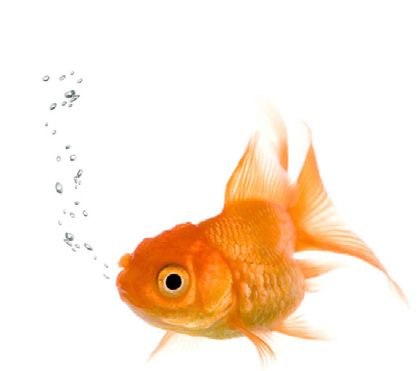CLASSIC FRY FARMING
This is also called a “Flow through system.” Trout and other sport fish are often raised from eggs to fry or fingerlings and then trucked to streams and released. Normally, the fry are raised in long, shallow concrete tanks, fed with fresh stream water. The fry receive commercial fish food in pellets.
The issue of feeds in fish farming has been a controversial one. Many cultured fishes (tilapia, carp, catfish, many others) require no meat or fish products in their diets. Top-level carnivores (most salmon species) depend on fish feed of which a portion is usually derived from wild caught (anchovies, menhaden, etc.). Vegetable-derived proteins have successfully replaced fishmeal in feeds for carnivorous fish, but vegetable-derived oils have not successfully been incorporated into the diets of carnivores.
Another issue is that farmed fish are kept in concentrations never seen in the wild [e.g. 50,000 fish in a 2-acre (8,100 m2) area] with each fish occupying less room than the average bathtub. This can cause several forms of pollution. Packed tightly, fish rub against each other and the sides of their cages, damaging their fins and tails and becoming sickened with various diseases and infections, not-to-mention stress.

However, fish tend also to be animals that aggregate into large schools at high density. Most successful aquaculture species are schooling species, which do not have social problems at high density. Aquaculturists tend to feel that operating a rearing system above its design capacity or above the social density limit of the fish will result in decreased growth rate and increased FCR (food conversion ratio—kg dry feed/kg of fish produced), which will result in increased cost and risk of health problems along with a decrease in profits.

